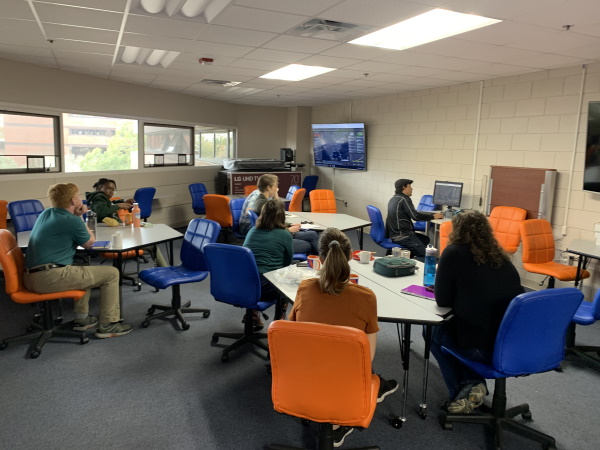Yesterday, SEER Lab and QDEC Lab held an impromptu meeting in the GIS Teaching Lab (Turlington Hall 3006) to listen to David Quammen discuss the 2019-nCoV coronavirus emerging out of China on Fresh Air on NPR. David Quammen is a long-time science writer and the author of the 2012 non-fiction “Spillover”, which journals the pursuit of novel pathogens that spill from animal populations into humans.
Throughout our human history, zoonoses have crossed from animals to humans. Diseases such as anthrax (studied by SEER Lab), malaria (studied by QDEC), Ebola, and HIV are all examples of zoonoses. Malaria and HIV represent two examples of pathogens that have made the leap and now maintain human-to-human transmission. The available evidence suggests that 2019-nCoV is a bat virus that spilled into the human population through a wet market – a live animal/slaughter market in China. It is not yet known if or what intermediate host may have amplified the infection in humans, but new evidence suggests 2019-nCoV is successfully transmitting human-to-human.
Dr. Jose Miguel Ponciano, Associate Professor of Biology and SEER/QDEC collaborator, joined and shared his expertise in evaluating the genetic patterns of the available nCoV genome sequences being shared with the scientific community. Emerging diseases represent a perfect intersection of physical, human, and biogeography.
Interested in learning more? Check out the #MedGeo program in the department and come join us for our next MedGeo Brief.
